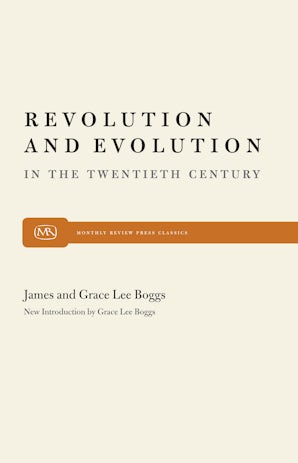Also in this issue
- Education Under Fire: Introduction
- 3. Fight-Back: Education's Radical Future
- 1. Education and Capitalism
- Education and the Structural Crisis of Capital: The U.S. Case
- Another Education Is Happening
- 2. Lessons from the New Corporate Schooling
- Testing, Privatization, and the Future of Public Schooling
- Militarism and Education Normal
- Reflections on the Racial Web of Discipline
- The Culture of Poverty Reloaded
- Inclusive Education, High Stakes Testing and Capitalist Schooling
- Freedom's Struggle and Freedom Schools
- Neoliberal Education Restructuring: Dangers and Opportunities of the Present Crisis
- Subverting the Master('s) Syllabus
- Cuba: Education and Revolution
- The Story of Khalil Gibran International Academy: Racism and a Campaign of Resistance
Books by Grace Lee Boggs
Revolution and Evolution
by Grace Lee Boggs


